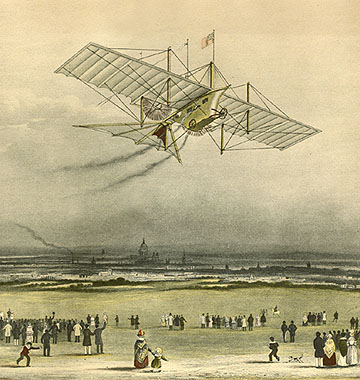Friday, March 16, 2012
 |
| Nigel, Basil's little brother, dabbles in every science possible. |
...or is there?
Turns out what I can do is include science fact. The easiest way for me to do that is, of course, more research. See the fellow in the post here? That's Nigel Remington, Basil's younger brother. Nigel explores everything. He dabbles in biology, chemistry, physics, astronomy, ancient civilization, and even Babbage's difference engines (computers - really). Above all, Nigel's dream is to achieve powered flight, and whilst he won't be pulling that one off (some folks from Dayton, Ohio beat him to that in 1903), he tries every possible solution available to him in 1863. He's taught himself how to read hieroglyphics from other scholars' research, making him one of the few individuals in Britain at the time who can read them, and he eventually earns himself a position at the British Museum due to this skill. (He's the younger son and doesn't inherit the estate - Basil does - so he needed a job.)
Nigel wasn't going to be a very important character initially, but when I realized what I could explore with him he became much more prominent in redrafts. It's Nigel's brain that gets the cast through difficult situations a lot of the time, namely because he's so off-the-wall brilliant and thinks outside the box. If Londinium does well enough, I might even consider giving Nigel a Jules Verne-style spinoff series of his own just because it would be fun to write.
Nigel is perhaps the character who best embodies Victorian society's progressive, optimistic attitudes: as far as Nigel's concerned, science can get things done as long as you stick to it and keep exploring. Steampunk as a genre takes these attitudes and propels them in a science fiction direction, allowing the Victorian world to evolve into a mirror image of our modern society were it powered primarily by steam and not electricity. However, when you look at the things the Victorians were actually doing during the 19th century, steampunk really isn't too far off as a possibility. I mean, look at this thing:
 |
| This is Henson's Aerial Steam Carriage, also known as Ariel, in a painting from 1843. |
There's plenty more examples out there, definitely. I won't put them all in one giant post, but they're out there. Basically, the point is that steampunk is closer to what actually happened than most people think it is - there's a ton of genuine history that is essentially 'real steampunk.' And that's the kind of steampunk you'll see from me.
0 comments:
Post a Comment